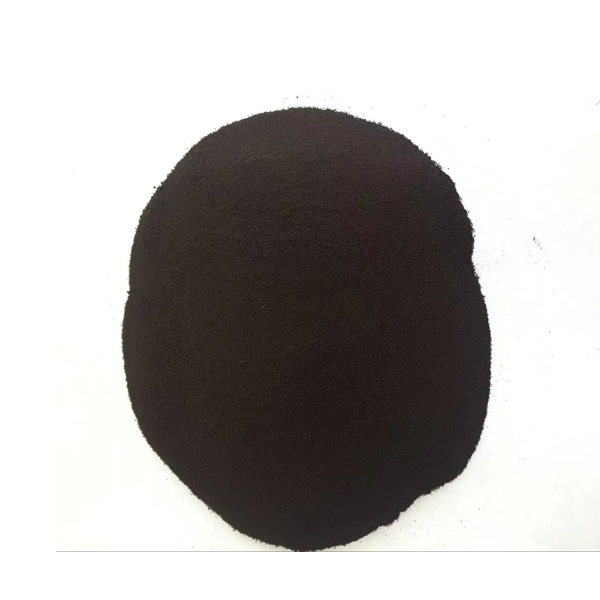
News
ਨਵੰ. . 13, 2024 11:09 Back to list
gypsum retarder price
The Pricing Dynamics of Gypsum Retarders A Comprehensive Overview
Gypsum retarders are essential additives used in the construction industry, specifically in the production of gypsum-based materials such as plaster and drywall. These retarders play a crucial role in extending the setting time of gypsum plaster, providing contractors with ample time to work with the material before it hardens. The price of gypsum retarders can be influenced by various factors, including demand, supply chain dynamics, raw material costs, and market competition. This article explores these factors to provide a comprehensive understanding of gypsum retarder prices.
Understanding Gypsum Retarders
Gypsum retarders are chemical compounds that slow down the setting process of gypsum paste, allowing for better workability and reducing the risk of premature hardening. Commonly used retarders include sugar, citric acid, and various synthetic compounds. The choice of retarder depends on the desired setting time and the specific requirements of different construction projects. As the construction industry grows, so does the need for effective gypsum retarders, impacting their market price.
Factors Influencing Prices
1. Raw Material Costs The primary materials used to manufacture gypsum retarders also affect their prices. Fluctuations in the cost of natural resources, transportation, and production can lead to variations in the end price of these additives. For instance, if raw materials such as citric acid become more expensive due to supply chain disruptions, the price of gypsum retarders will likely increase accordingly.
2. Supply and Demand Dynamics The construction industry's demand for gypsum products directly influences the market for gypsum retarders. Periods of high construction activity typically lead to increased demand for gypsum-based products, driving up the prices of retarders. Conversely, during economic downturns when construction slows, the demand for retarders may decrease, resulting in lower prices.
3. Market Competition The presence of multiple suppliers and manufacturers of gypsum retarders affects pricing. In a competitive market, companies may lower their prices to attract customers, which can lead to more affordable options for contractors and builders. Conversely, if there are only a few suppliers, they may dictate higher prices due to reduced competition.
gypsum retarder price

4. Geographical Variations Geographic location also plays a significant role in pricing. Regions with thriving construction industries may experience higher prices due to increase demand. In contrast, areas with fewer construction activities may see lower prices as suppliers attempt to stimulate sales. Additionally, transportation costs can add to the final price, especially in remote locations.
5. Regulatory Factors Environmental regulations and safety standards affecting the production and usage of chemical compounds can also impact prices. Stricter regulations may increase production costs, which will likely be passed on to consumers. Hence, the evolving regulatory landscape must be considered when analyzing gypsum retarder prices.
Current Pricing Trends
As of 2023, the price of gypsum retarders has exhibited a general upward trend, primarily driven by increased demand in the construction sector and rising raw material costs. According to industry reports, prices have risen steadily as major construction projects resume post-pandemic, highlighting the accelerated growth in the global market for gypsum-based materials.
While the market has witnessed significant price fluctuations, contractors are encouraged to establish long-term contracts with suppliers to mitigate the impact of price volatility. Additionally, exploring alternative retarders or adjusting mix designs can provide cost savings without compromising quality.
Conclusion
The pricing of gypsum retarders is influenced by a myriad of factors including raw material costs, supply and demand, market competition, geographical variations, and regulatory standards. As the construction industry continues to evolve, understanding these dynamics can help stakeholders make informed decisions. For contractors, maintaining awareness of market trends and building strategic relationships with suppliers can mitigate costs and ensure the successful execution of building projects.
-
Polyaspartic Acid Salts in Agricultural Fertilizers: A Sustainable Solution
NewsJul.21,2025
-
OEM Chelating Agent Preservative Supplier & Manufacturer High-Quality Customized Solutions
NewsJul.08,2025
-
OEM Potassium Chelating Agent Manufacturer - Custom Potassium Oxalate & Citrate Solutions
NewsJul.08,2025
-
OEM Pentasodium DTPA Chelating Agent Supplier & Manufacturer High Purity & Cost-Effective Solutions
NewsJul.08,2025
-
High-Efficiency Chelated Trace Elements Fertilizer Bulk Supplier & Manufacturer Quotes
NewsJul.07,2025
-
High Quality K Formation for a Chelating Agent – Reliable Manufacturer & Supplier
NewsJul.07,2025
